The fundamental framework of any system based on blockchain technology is the Layer 1 blockchain, as it sets the fundamental rules and protocols. While they may have certain drawbacks, Layer 1 solutions remain paramount in preserving the core principles of blockchain: decentralization and security. Moving forward, it is anticipated that improvements will center around boosting the scalability and efficiency of Layer 1, thereby guaranteeing ongoing expansion and practicality of blockchain technology.
What is layer 1 blockchain?
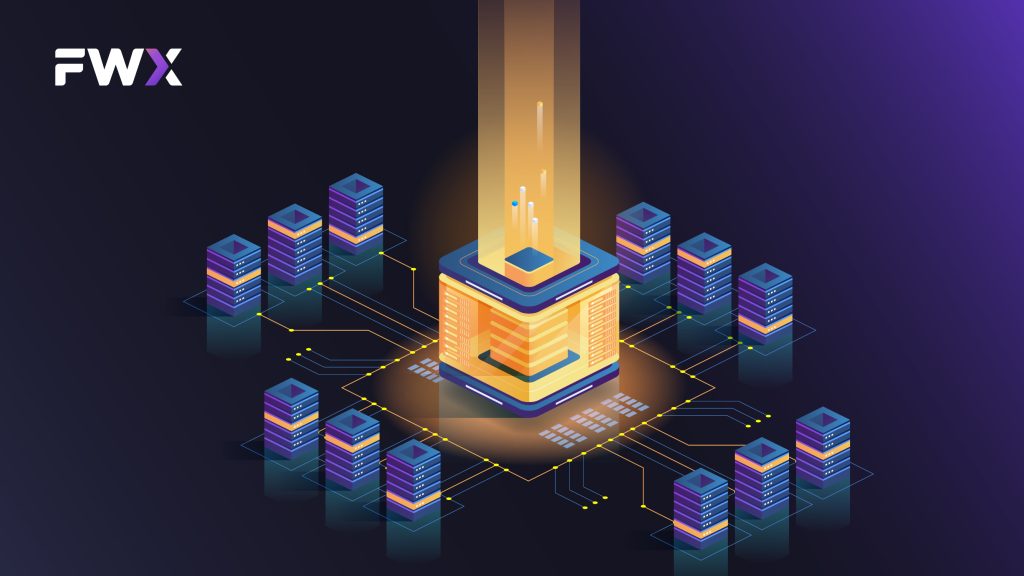
Layer 1 blockchain refers to the underlying main blockchain architecture. It’s the foundational protocol that other layers (like Layer 2 solutions) build upon to enhance blockchain’s capabilities. Layer 1 contains the most basic elements of a blockchain system: its protocol, transaction validation method, and consensus algorithm.
In the most fundamental sense, a blockchain is a decentralized, distributed digital ledger that records transactions across multiple computers. This ledger is public, and anyone can view the transactions. It’s like a shared public spreadsheet that everyone can see but no one person controls.
Layer 1 blockchain uses cryptographic principles to ensure data security. Each block is time-stamped and contains a list of transactions. Every new block is linked to the one before it, forming a chain. Hence, the term blockchain is used.
The architecture of a Layer 1 blockchain determines the overall capabilities of the blockchain. Notable Layer 1 blockchains include Bitcoin and Ethereum, both of which are characterized by their unique attributes. Bitcoin’s blockchain, for instance, is designed for transferring a single asset: bitcoin. On the other hand, Ethereum’s blockchain supports smart contracts and facilitates the development of decentralized applications (dApps).
A Layer 1 blockchain’s protocol decides how new transactions are created and verified. For example, Bitcoin uses a protocol called the Unspent Transaction Output (UTXO), while Ethereum uses an account/balance model.
The consensus algorithm is an essential aspect of a Layer 1 blockchain. It defines how the blockchain network agrees on a single version of the truth. Common consensus algorithms include Proof of Work (PoW), Proof of Stake (PoS), and Delegated Proof of Stake (DPoS), each with their pros and cons. PoW, used by Bitcoin, is highly secure but resource-intensive. PoS, which Ethereum is transitioning towards, is less resource-intensive but requires validators to stake their tokens as collateral.
Layer 1 blockchains are typically public and permissionless, meaning anyone can join the network and participate in the consensus process. However, there are also private, permissioned Layer 1 blockchains where only authorized participants can validate transactions.
While Layer 1 blockchains provide security and decentralization, they are not without their challenges. Scalability is a significant concern for many Layer 1 blockchains. As these networks grow and more users join, they often struggle to process transactions quickly and affordably.
Layer 2 solutions (like Lightning Network for Bitcoin or Plasma and Optimistic Rollups for Ethereum) are built on top of Layer 1 blockchains to improve scalability. They move transactions off the main chain and process them off-chain or in sidechains, thereby increasing transaction speed and reducing costs. However, the fundamental security of these solutions depends on the underlying Layer 1 blockchain.
What is a layer-1 crypto?
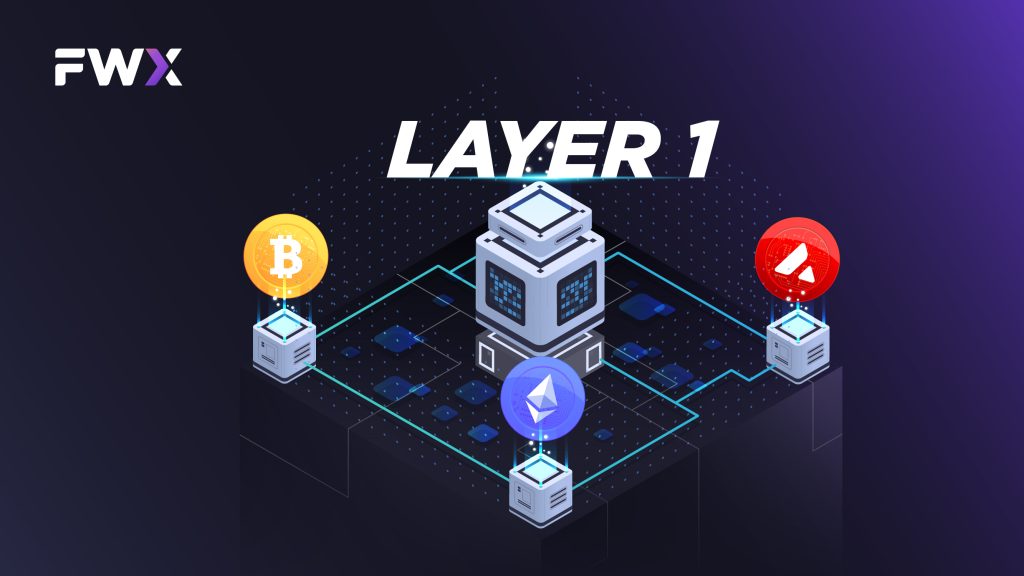
Layer 1 cryptocurrency refers to the native tokens or coins that exist on a Layer 1 blockchain. These are cryptocurrencies that operate on their fundamental blockchains, not on top of another’s infrastructure. They provide the fuel for the transactions and operations within their respective ecosystems.
Some well-known Layer 1 cryptocurrencies include Bitcoin (BTC), Ethereum (ETH), Polkadot (DOT), and Cardano (ADA). The characteristics and utility of each of these coins vary based on the features of their corresponding Layer 1 blockchain.
BTC, the first Layer 1 cryptocurrency, was designed to be a peer-to-peer electronic cash system. Bitcoin transactions are added to the Bitcoin blockchain through a process called mining, where miners solve complex mathematical problems to add a new block to the chain. The process is resource-intensive, consuming substantial computing power and energy, a feature meant to maintain the security and decentralization of the network. Bitcoin’s Layer 1 technology focuses on simplicity and security, hence its design to carry out one job well: transfer of the BTC from one party to another.
ETH, another Layer 1 cryptocurrency, offers a more complex Layer 1 blockchain that supports the development of dApps and smart contracts. Ethereum’s Layer 1 token, Ether, is used to pay for transactions and computational services on the network. These transactions may involve the direct transfer of Ether or the execution of smart contracts. The introduction of Ethereum expanded the concept of what Layer 1 technology could accomplish, paving the way for numerous other Layer 1 blockchains that are designed for specific use-cases.
DOT is a Layer 1 cryptocurrency designed for interoperability, with the aim of enabling different blockchains to communicate and interact with each other. Polkadot’s Layer 1 technology supports various “parachains,” each of which can have its characteristics and uses. The DOT token plays an essential role in maintaining, governing, and bonding on the Polkadot network.
ADA has also developed a Layer 1 cryptocurrency. Cardano aims to balance the needs for privacy with regulation, and its layered architecture separates the ledger of account values from the reason why values are moved from one account to the other. ADA, the native coin, is used for transactions and also in the network’s PoS consensus mechanism.
The design and use of a Layer 1 cryptocurrency depend on the requirements and goals of its respective blockchain. While some Layer 1 cryptos, like Bitcoin, focus on becoming digital gold, others like Ethereum seek to create a decentralized world computer. Newer Layer 1 cryptocurrencies often seek to address perceived deficiencies in earlier networks, such as improving scalability, speeding transaction times, or reducing fees.
While Layer 1 cryptocurrencies have brought significant innovation and use-cases, they are also faced with challenges. Scalability issues are a significant limitation for many Layer 1 cryptos. The cost and speed of transactions can become prohibitive as these networks grow, impacting user experience. Several solutions are being proposed and implemented, such as sharding and Layer 2 solutions, to address these issues.
What is in layer-1 scaling?
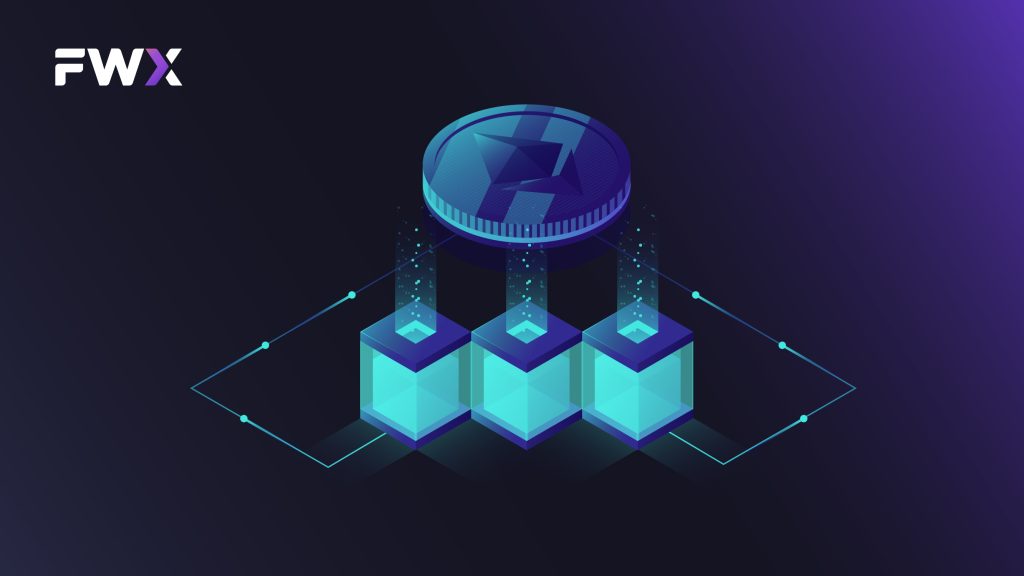
Layer 1 scaling refers to improvements and modifications made directly to the underlying blockchain protocol to increase its capacity to handle more transactions and interactions. Layer 1 scaling solutions aim to tackle one of the primary challenges facing blockchain technology today: scalability. The need for scaling arises due to the increased adoption of cryptocurrencies and blockchain technology, which results in networks becoming congested, slower, and more expensive to use.
Let’s use the example of Bitcoin and Ethereum, two prominent Layer 1 blockchains, to discuss Layer 1 scaling.
Bitcoin, the first and most well-known blockchain, uses a PoW consensus mechanism, and each block in the blockchain has a size limit. These design choices were made for reasons of security and decentralization but limit the number of transactions the Bitcoin network can process per second. Bitcoin’s block size is just 1 megabyte, which means it can handle about 7 transactions per second (TPS). As Bitcoin’s popularity grew, so did the demand for transactions, causing congestion and high transaction fees.
Bitcoin’s primary Layer 1 scaling solution has been to increase the block size. This has led to contentious debates within the Bitcoin community, with some arguing that increasing the block size could lead to centralization, as only entities with substantial computational resources could afford to mine larger blocks. This debate resulted in the creation of Bitcoin Cash, a hard fork of Bitcoin, which increased the block size to 8 megabytes to facilitate more transactions per block.
Ethereum, another popular blockchain, faces similar scalability challenges. Ethereum is not just a cryptocurrency but also a platform for decentralized applications (dApps). The Ethereum network, therefore, has to process not only transactions involving its native currency, Ether (ETH), but also countless interactions with smart contracts. This complexity means that Ethereum, in its current state, can only handle about 15-20 TPS.
Ethereum has proposed a Layer 1 scaling solution known as Ethereum 2.0 or “Eth2” or “Serenity,” which involves a switch from a PoW consensus mechanism to a PoS consensus mechanism. This shift would significantly increase Ethereum’s scalability. In a PoS system, validators are chosen to create new blocks based on the number of Ether they hold and are willing to “stake” as collateral. Ethereum 2.0 also plans to introduce shard chains, smaller chains that run alongside the main Ethereum chain, each capable of processing its transactions and smart contracts.
Other Layer 1 blockchains have implemented various other Layer 1 scaling solutions. For instance, Cardano uses a unique PoS mechanism called Ouroboros, while Polkadot uses a multichain network where multiple chains run in parallel.
However, it’s important to note that all Layer 1 scaling solutions come with trade-offs. For instance, increasing the block size can lead to centralization, as previously discussed. Likewise, sharding may increase the complexity of the network and potentially impact its security.
What is layer 1 vs layer 2?
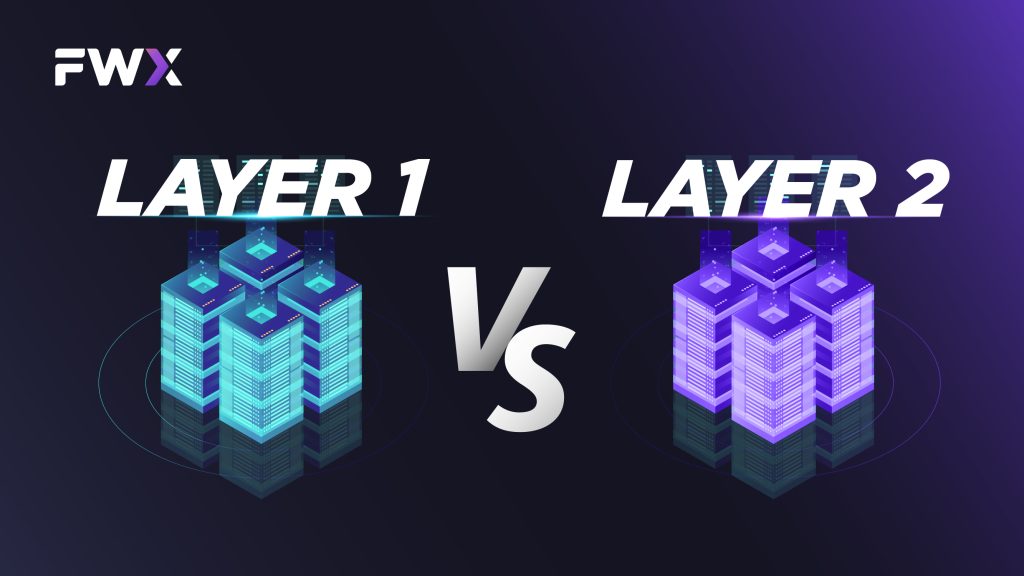
In blockchain technology, the terms “Layer 1” and “Layer 2” refer to different strategies for achieving the same goal: enhancing the scalability and efficiency of a blockchain network.
Layer 1, as discussed earlier, is the underlying main blockchain network. It includes the fundamental protocol, transaction validation method, and consensus algorithm. Examples of Layer 1 solutions include Bitcoin, Ethereum, Cardano, Polkadot, and many others. Each of these blockchains has its native cryptocurrency and unique characteristics.
Layer 1 solutions are often designed with a focus on security and decentralization. However, they face challenges regarding scalability. As more users join a network, it often struggles to process transactions quickly and affordably. That’s where Layer 2 solutions come in.
Layer 2 solutions are protocols built on top of Layer 1 blockchains to enhance their scalability. They achieve this by moving much of the transaction processing off the main chain (Layer 1), thus reducing congestion and lowering transaction fees.
Let’s explore these concepts in detail:
- Layer 1 Solutions
Layer 1 solutions consist of the core blockchain technology. They define the core rules and protocols, including the transaction validation method and consensus algorithm. Layer 1 blockchains store all transactions and smart contract data, providing the highest level of security and decentralization.
Layer 1 scaling refers to the improvements and modifications made directly to the Layer 1 protocol to increase its transaction capacity. Examples include increasing the block size in Bitcoin or transitioning to PoS and introducing sharding in Ethereum 2.0. These modifications can allow more transactions per second and reduce fees but can also introduce complexities and potential security risks.
- Layer 2 Solutions
Layer 2 solutions are built on top of Layer 1 blockchains. They allow for more transactions per second by offloading most of the computation and data storage off the main chain. This is usually achieved by opening payment channels or creating sidechains where multiple transactions can be processed and then bundled into a single transaction on the main chain.
For example, Bitcoin’s Lightning Network is a Layer 2 solution that opens up channels for users to transact multiple times without committing all transactions to the main Bitcoin blockchain. Only the final net transaction is added to the Layer 1 blockchain, thereby saving on transaction fees and speeding up transaction times.
Similarly, Ethereum has Layer 2 solutions like Plasma, Optimistic Rollups, and Zk-Rollups, which create child chains or roll up multiple transactions into a single one, enhancing Ethereum’s scalability.
The main advantage of Layer 2 solutions is that they provide a significant increase in transaction speed and reduction in costs without changing the underlying Layer 1 protocol. This makes them particularly attractive for applications that require fast and cheap transactions. However, Layer 2 solutions may involve trade-offs in terms of security and decentralization, as they often rely on additional trust assumptions compared to Layer 1.
Layer 1 and Layer 2 are different strategies for improving the scalability of blockchain networks. Layer 1 is about making improvements to the fundamental protocol of the blockchain, while Layer 2 is about building additional layers on top of the existing blockchain to increase its capacity. Both have their strengths and weaknesses, and the choice between Layer 1 and Layer 2 can depend on the specific needs of a given application. In practice, many blockchains use a combination of both Layer 1 and Layer 2 solutions to achieve a balance of scalability, security, and decentralization.
What is layer–1 example?
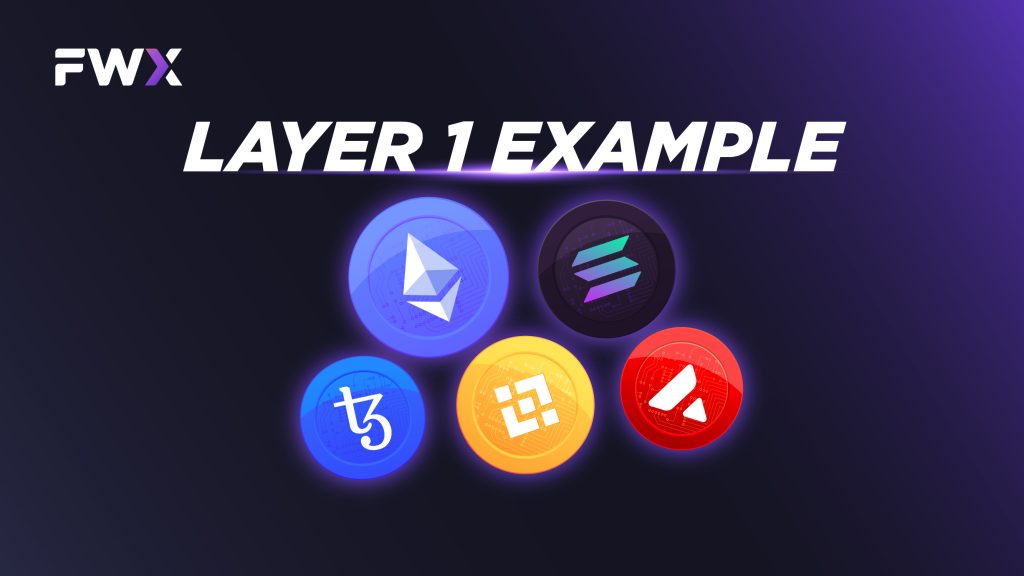
Layer 1 in the context of blockchain technology refers to the base protocol or the foundational blockchain of a particular network. The followings are some examples of Layer 1 blockchains:
- Bitcoin (BTC): This is the original Layer 1 blockchain, created by an anonymous entity named Satoshi Nakamoto. It is a decentralized peer-to-peer network with its digital currency, Bitcoin. Bitcoin’s blockchain is based on a proof-of-work consensus mechanism, where miners compete to solve complex mathematical problems to add a new block to the blockchain.
- Ethereum (ETH): Ethereum is another popular Layer 1 blockchain, designed by Vitalik Buterin and his team. It extends beyond being a simple payment protocol, facilitating the creation of smart contracts and decentralized applications (dApps) on its platform. It currently operates using a proof-of-work mechanism, similar to Bitcoin, but is in the process of transitioning to a proof-of-stake consensus model through Ethereum 2.0 upgrade.
- Cardano (ADA): Cardano is a Layer 1 blockchain platform that aims to provide a more balanced and sustainable ecosystem for cryptocurrencies. It uses a unique proof-of-stake consensus mechanism known as Ouroboros.
- Polkadot (DOT): Polkadot is a multi-chain Layer 1 platform that enables different blockchains to interoperate in a shared security model. It allows for the transfer of any type of data or asset, not just tokens, making a wide range of applications possible.
- Binance Smart Chain (BSC): BSC is a Layer 1 blockchain platform built by Binance. It operates a dual-chain system with Binance Chain and enables the creation of smart contracts and the staking mechanism for BNB, Binance’s native token.
Conclusion
Layer 1 blockchain is the bedrock of any blockchain-based system, establishing the basic rules and protocols. Despite their limitations, Layer 1 solutions continue to be crucial for maintaining decentralization and security in the blockchain world. Layer 1 cryptocurrencies form the cornerstone of the blockchain universe. Each one is unique, offering its strengths and bringing its innovation to the table. As the space continues to evolve, the role and function of Layer 1 cryptocurrencies will likely continue to diversify, presenting exciting opportunities for users and investors alike. Layer 1 and Layer 2 are different strategies for improving the scalability of blockchain networks. Layer 1 is about making improvements to the fundamental protocol of the blockchain, while Layer 2 is about building additional layers on top of the existing blockchain to increase its capacity. Both have their strengths and weaknesses, and the choice between Layer 1 and Layer 2 can depend on the specific needs of a given application.


